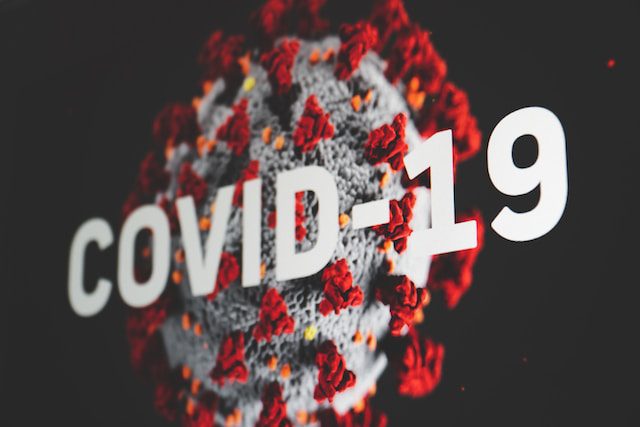
Nose plastic surgery, or rhinoplasty, is a transformative procedure that can enhance facial harmony and improve self-confidence. With advancements in medical technology and techniques, there are various options available to address different concerns related to the nose.
In this guide, we’ll delve into the different options for nose plastic surgery, exploring their procedures, benefits, and considerations.
Traditional Rhinoplasty
Traditional rhinoplasty remains one of the most common options for nose plastic surgery. It involves making incisions inside the nose or across the columella (the strip of tissue between the nostrils) to access the nasal structures. Surgeons can then reshape the bone and cartilage to achieve the desired aesthetic or functional outcome.
Traditional rhinoplasty is suitable for correcting nasal humps, refining nasal tips, and improving overall symmetry. Professionals like Dr. Terkonda, a renowned plastic surgeon, can provide expert guidance and assistance in navigating the various options for nose plastic surgery.
Closed Rhinoplasty
Closed rhinoplasty is a variation of traditional rhinoplasty where incisions are made entirely inside the nose, without any external cuts. This approach is preferred for patients requiring minor adjustments or those concerned about visible scarring. Closed rhinoplasty typically offers quicker recovery times and less postoperative swelling compared to open rhinoplasty.
Open Rhinoplasty
Open rhinoplasty involves making an additional small incision across the columella, allowing for better visibility and access to nasal structures. While this technique may result in a small visible scar, it provides surgeons with more precision and control, making it suitable for complex nasal corrections. Open rhinoplasty is often recommended for cases requiring significant reshaping or reconstruction.
Revision Rhinoplasty
Revision rhinoplasty is performed to correct or revise previous nose surgeries that didn’t achieve the desired results. It requires specialized skills and expertise due to the altered anatomy and scar tissue from previous procedures.
Whether it’s addressing functional issues or refining aesthetic concerns, revision rhinoplasty aims to improve both the form and function of the nose while considering the patient’s unique anatomy and goals.
Functional Rhinoplasty
Functional rhinoplasty focuses on improving nasal airflow and addressing breathing difficulties caused by structural abnormalities or nasal trauma. This may involve correcting deviated septums, reducing turbinate size, or widening nasal passages.
Functional rhinoplasty aims to enhance both the aesthetic appearance and functional capabilities of the nose, ultimately improving the patient’s quality of life.
Ethnic Rhinoplasty
Ethnic rhinoplasty is tailored to the unique anatomical features and cultural preferences of individuals from diverse ethnic backgrounds. Whether it’s refining nasal contours while preserving ethnic identity or addressing specific concerns such as a wide nasal bridge or flared nostrils, ethnic rhinoplasty requires a nuanced approach and understanding of ethnic facial characteristics. The goal is to achieve natural-looking results that complement the patient’s overall facial features.
Non-Surgical Rhinoplasty
Non-surgical rhinoplasty, also known as liquid rhinoplasty, offers a non-invasive alternative to traditional surgical techniques. It involves injecting dermal fillers or other injectable substances to reshape and contour the nose temporarily.
While non-surgical rhinoplasty can address minor imperfections such as dorsal humps or asymmetries, it’s not suitable for correcting structural issues or achieving permanent results. However, it provides a quick and relatively painless option for patients seeking subtle enhancements without surgery.
Conclusion
Nose plastic surgery offers a range of options to address various aesthetic and functional concerns, from refining nasal contours to improving breathing difficulties. Whether you choose traditional rhinoplasty, revision surgery, or non-surgical alternatives, it’s crucial to consult with a board-certified plastic surgeon. During this consultation, discuss your goals and expectations to determine the most suitable approach for your unique needs.
Exploring the various options available will empower you to make an informed decision. Ultimately, this process will help you achieve the nose you desire, ensuring natural-looking results and boosting your confidence.
Keep in mind that opting for nose plastic surgery is a major decision, warranting careful consideration of both the benefits and potential risks linked to each option. Take ample time to conduct thorough research and ask pertinent questions during your consultation to gain a comprehensive understanding of the procedure and its possible outcomes. Moreover, openly communicate any concerns or reservations you may harbor with your surgeon to ensure they’re adequately addressed.
With diligent deliberation and expert guidance from a qualified professional, you can confidently set forth on the path to realizing the nose you’ve always envisioned, fostering a sense of assurance and tranquility throughout the process.



